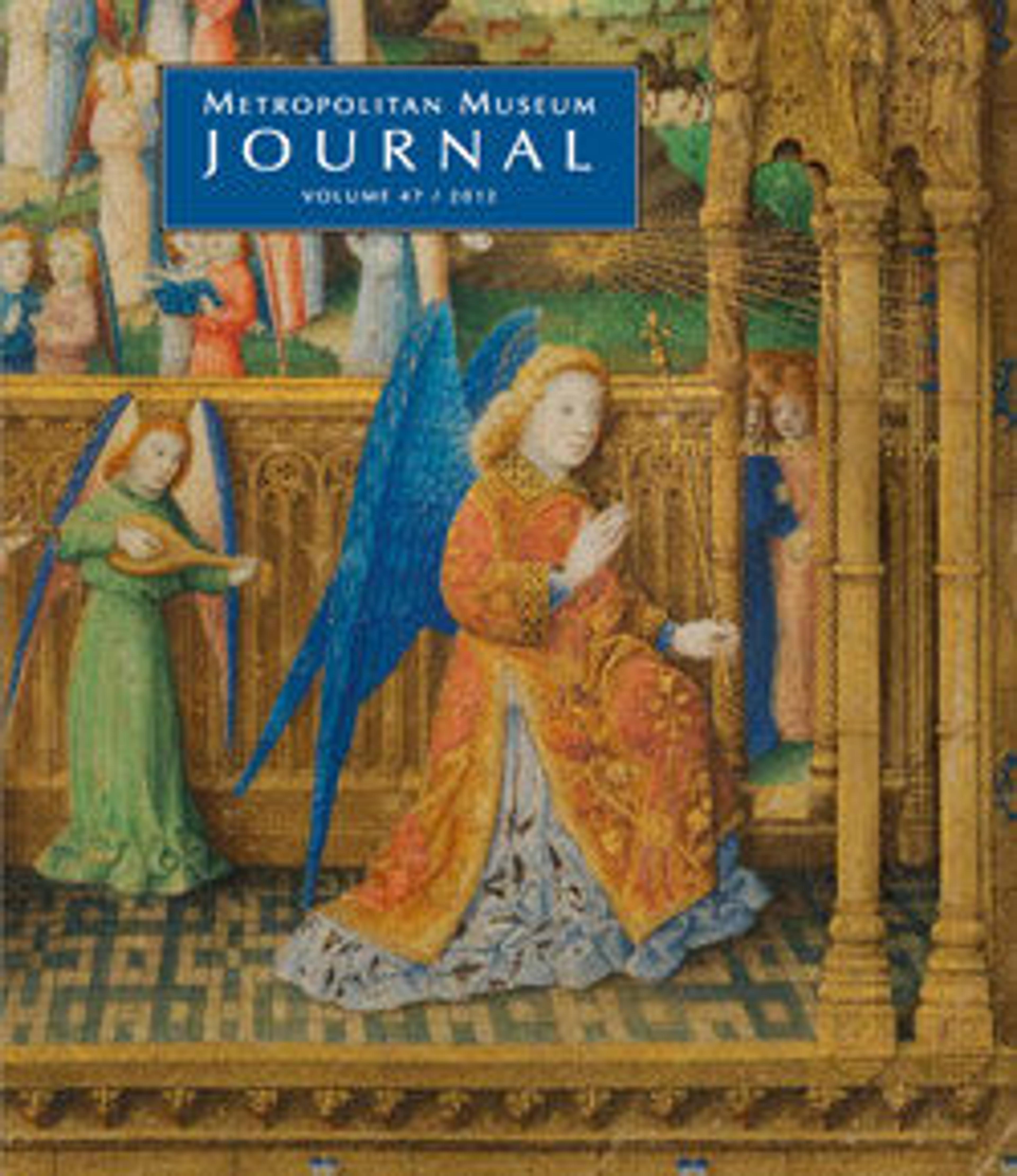Horn (Oliphant) with Case
Artwork Details
- Title:Horn (Oliphant) with Case
- Date:horn, 11th–12th century; case, 16th century
- Culture:South Italian
- Medium:Ivory, silver, leather
- Dimensions:Horn (a); 23 1/16 x 4 15/16 x 4 in. (58.6 x 12.5 x 10.2 cm); case (b); 22 5/8 x 5 7/8 x 5 7/16 in. (57.5 x 15 x 13.8 cm)
- Classification:Miscellaneous
- Credit Line:Rogers Fund, 1904
- Object Number:04.3.177a, b
- Curatorial Department: Arms and Armor
Audio
1168. Kids: Horn (Oliphant) with Leather Case
NAVINA HAIDAR: We’re looking at the object in the shape of a large horn. Look closely: inside each circle is a different kind of animal… can you find a lion or an antelope? What about a bird with a human head? Some turn around, kneel, or look like they’re ready to jump. And some are stepping outside of their little circles! Does it look like they’re trying to escape? That might be what the artist had in mind, because this is a special kind of musical instrument… made to blow just one loud note, to begin a hunt. Do you think the animals look like they’re startled? This signal horn – called an Oliphant – is made of ivory; which is the natural material elephants tusks are made of. This horn gets its shape from an actual elephant tusk. But this carving is from Italy, and there aren’t any elephants there. Elephant tusks came from Africa; the tusks were sent to Europe, where ivory was very highly valued. Hunting elephants for ivory is illegal now, to protect elephants. But it wasn’t illegal hundreds of years ago, when this was made. This horn was so expensive and delicate that it probably wasn’t used in the field, but as a beautiful object in someone’s home.
More Artwork
Research Resources
The Met provides unparalleled resources for research and welcomes an international community of students and scholars. The Met's Open Access API is where creators and researchers can connect to the The Met collection. Open Access data and public domain images are available for unrestricted commercial and noncommercial use without permission or fee.
To request images under copyright and other restrictions, please use this Image Request form.
Feedback
We continue to research and examine historical and cultural context for objects in The Met collection. If you have comments or questions about this object record, please contact us using the form below. The Museum looks forward to receiving your comments.
